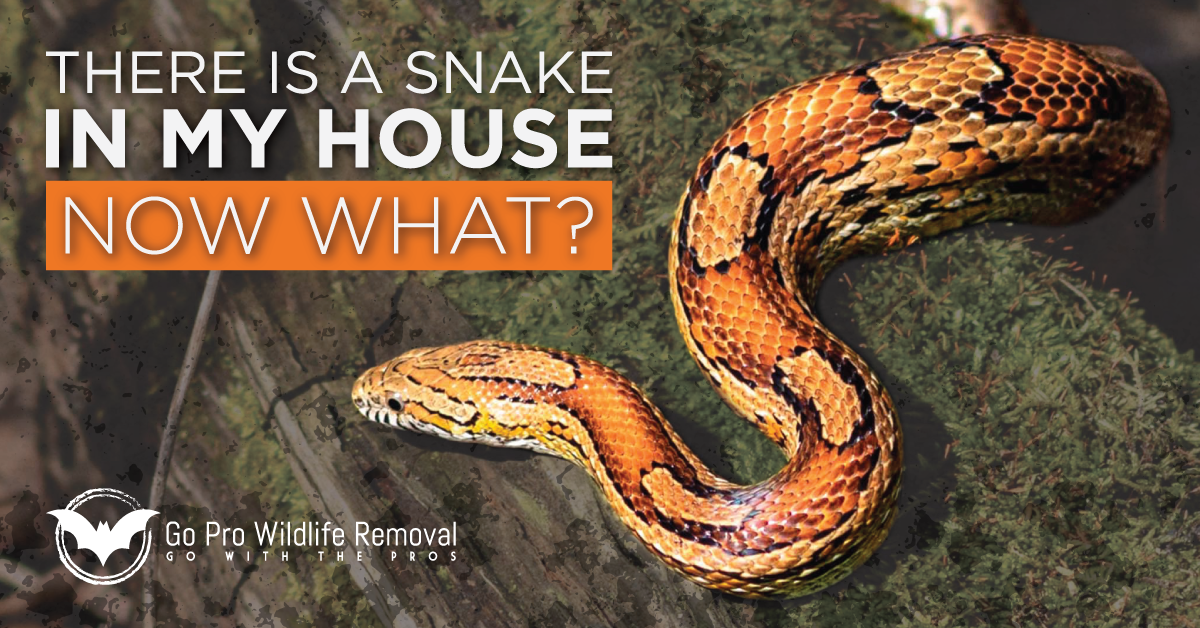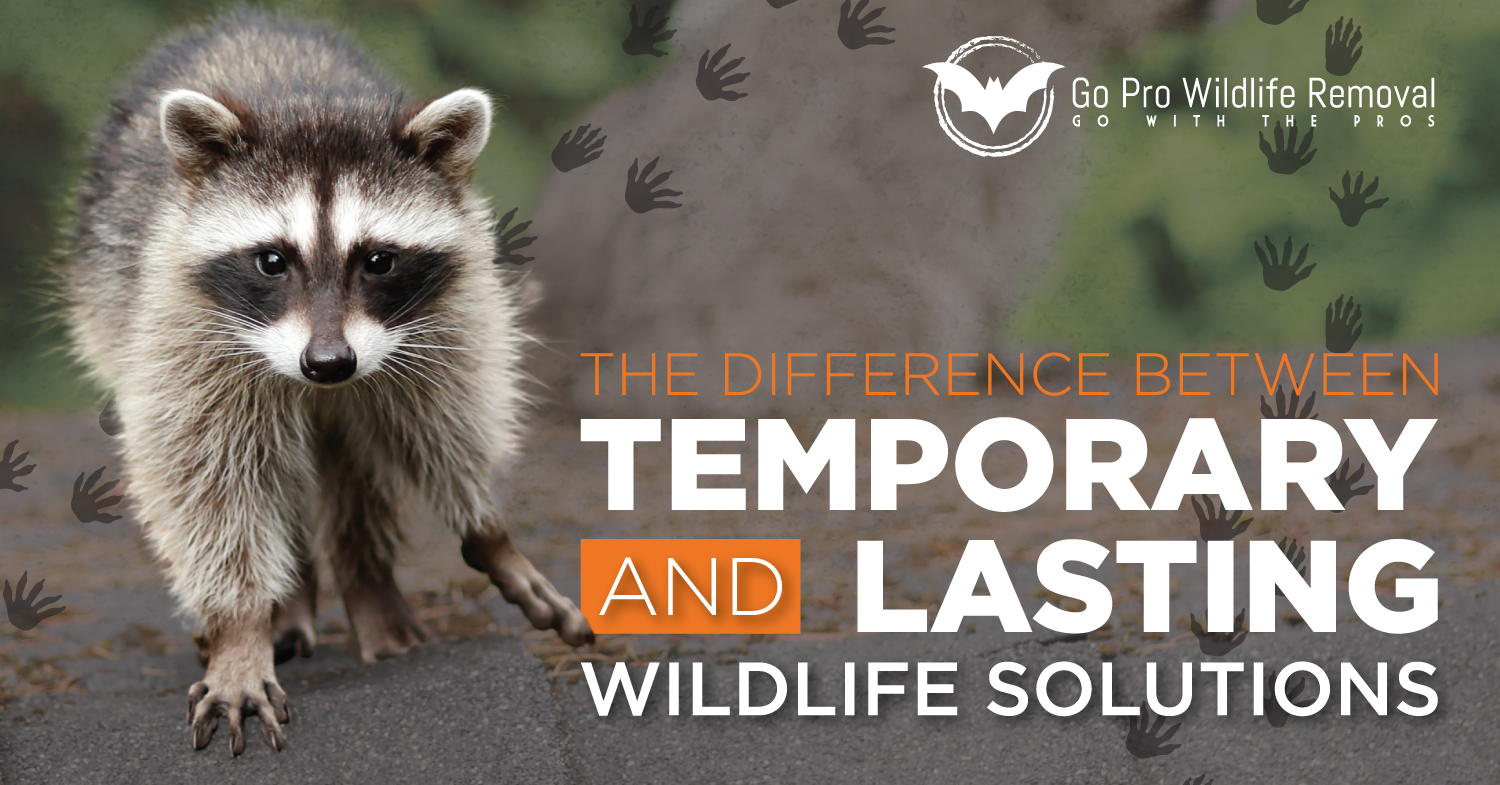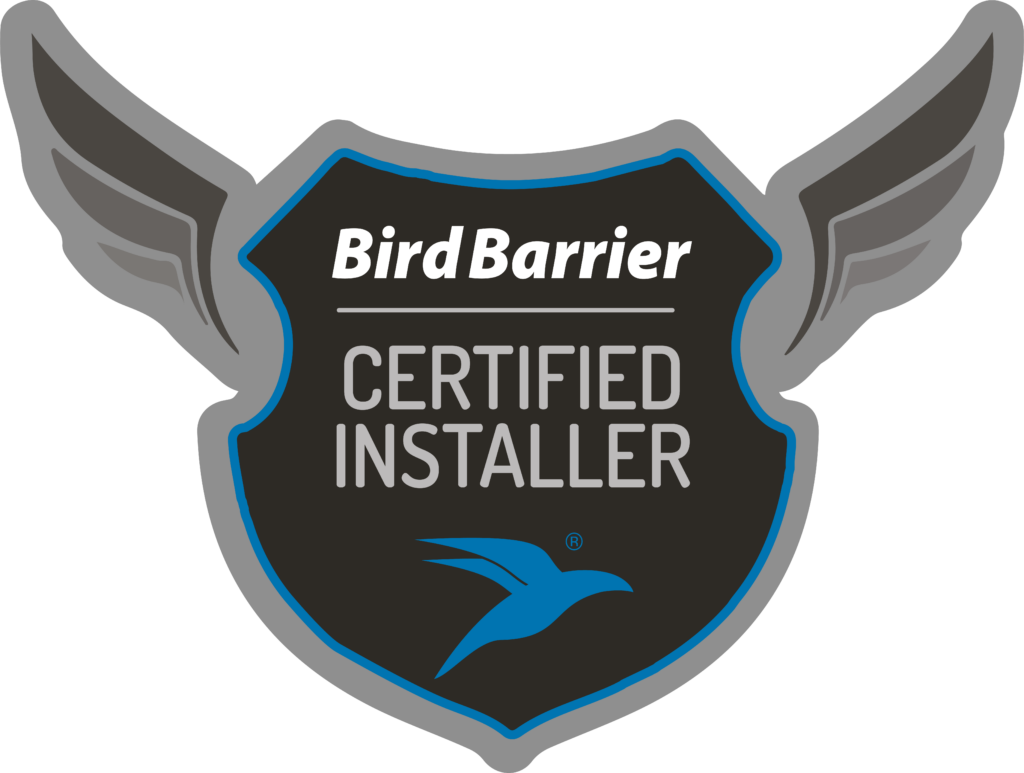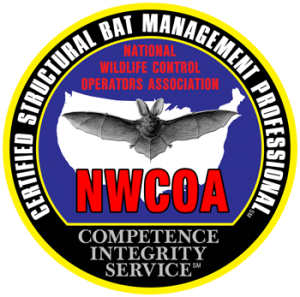by TRINDGROUP
Share

Warm summer weather lures humans and animals outdoors to bask in the sun. Although you may appreciate the critters you encounter while in nature, having them invade your home is undesirable. As we retreat indoors to save ourselves from the scorching heat, wildlife does the same. If you are a homeowner, it is important that you are preparing your home this summer to keep wildlife and rodents out. The five most common areas for wildlife to enter your home are dryer vents, Air Conditioner (AC) condenser lines, gable vents, soffits and chimney caps. We recommend you conduct a walk-around inspection of your home twice yearly to identify potential problem areas and take action to keep wildlife and other problems away.
Dryer Vents
One of the last things on your mind when doing laundry is that rodents may be in your dryer vent hose or have already made themselves at home. Dryer vents are a common entry point for rodents in the summer because of the shade that it provides, and in the winter because of the warmth that it provides. The aromatic scent of fresh, clean laundry can turn rancid when mice, snakes or wildlife use your dryer vents as an easy access point. Broken or damaged dryer vent covers on the exterior of your home may be a sign that you have unwanted guests. We offer dryer vent cover and replacement services that can help protect your home from unwanted wildlife.
AC Condenser Lines
The saving grace for unbearable summer heat is air conditioning. Fortunately, we can retreat indoors and soak in the cold. Unfortunately, mice and other rodents can disturb that by building nests inside AC units. AC condenser lines provide warmth that draws rodents to nest inside and nurture their young. The nesting of rodents in and around the units leads to chewed wires and lines that not only damage your unit but create an entry point into your home. To prevent rodents from entering your home, it is recommended you have your house and AC units inspected regularly.
Gable Vents
Gable vents are located under roof eaves on the side of homes with gable or pointed roofs. Gable vents are significant in regulating heat and proper air circulation into the attic. These vents are often made from wooden material that squirrels and other wildlife can easily chew through and make their way into your home. Raccoons are common culprits of breaking into attics and crawl spaces where they can quietly raise their young out of harm’s way. We offer free inspections and exclusion options where our team can cover your vents and close off that entry point for animals.
Soffits
Soffits are located on the underside of roof ceilings and can be damaged by weather or pestering animals. Made from materials such as wood, vinyl, aluminum and fiber cement, animals such as raccoons can easily open soffits by using their shoulders or chewing an opening large enough for them to squeeze through. We conduct inspections of soffits or dormers with roof pitches and improve or seal the damaged points.
Chimney Caps
Now that the summer season has arrived, the fireplace in your home may go on hiatus. In its period of inactivity, it becomes the ideal place for birds and animals. If you hear noises like scraping, shrilling or flapping a critter is most likely inside your fireplace. Uncapped chimneys are an open invitation for wildlife like raccoons, bats, birds and squirrels. Go Pro Wildlife Removal offers chimney cap installation, including custom cap design. Caps are made of stainless steel and meet all state specifications and codes. Chimney caps are effective for nuisance wildlife prevention and can help homeowners avoid costly water damage to mortar and dampers.
Go Pro Wildlife Removal has experience and expertise in rodent control and wildlife exclusion. It’s often necessary to confirm the presence and type of rodent(s) before implementing an animal or rodent control and removal process. To learn more about our multi-point inspections, recommended solutions and customer options, give us a call at (334) 744-0391.
There is a Snake in my House. Now What?
Finding a snake in your home can be scary, but there are safe, effective steps you can take. Discover what steps to take if you encounter a snake in your home, including how to stay calm, identify potential danger, know when to call a professional, and prevent further intrusion.
There is a Snake in my House. Now What?
Finding a snake in your home can be scary, but there are safe, effective steps you can take. Discover what steps to take if you encounter a snake in your home, including how to stay calm, identify potential danger, know when to call a professional, and prevent further intrusion.
Feeding Wildlife Responsibly – Breaking Down the Do’s and Don’ts
Feeding wildlife responsibly can protect both the animals and the natural environments that they rely on.
The Difference Between Temporary and Lasting Wildlife Solutions
When animals enter your home or business there are two main solutions: Critter getters or Wildlife Removal. While both may seem like practical options, understanding the difference between the two will help you make the best decision for a long-term solution.
Protect Your Pets and Property from Avian Influenza
Avian Influenza, also known as Bird Flu, is a virus that spreads by birds, but can infect domestic pets, cattle and in some cases, humans. Read to learn more about the prevention and control of this virus.
Backyard Chickens: Helpful or Hurtful?
Although chickens can be a great addition to your backyard, they can pose challenges in more ways than one. The attraction of having a fresh supply of eggs just steps away from your door is more tempting than ever, especially with the rising cost of eggs. Plus, they can be a fantastic way to reduce food waste by eating your scraps and even help keep your backyard bug population down.
Contact Info
Service Areas: Contact Go Pro today! We offer wildlife removal solutions in Auburn, Opelika, Lake Martin, Valley, Montgomery, AL and Columbus, GA areas.
Phone: (334) 744-0391
Hours: Open 9:00 am – 5:00 pm
Finding a snake in your home can be scary, but there are safe, effective steps you can take. Discover what steps to take if you encounter a snake in your home, including how to stay calm, identify potential danger, know when to call a professional, and prevent further intrusion.
Finding a snake in your home can be scary, but there are safe, effective steps you can take. Discover what steps to take if you encounter a snake in your home, including how to stay calm, identify potential danger, know when to call a professional, and prevent further intrusion.
Feeding wildlife responsibly can protect both the animals and the natural environments that they rely on.
When animals enter your home or business there are two main solutions: Critter getters or Wildlife Removal. While both may seem like practical options, understanding the difference between the two will help you make the best decision for a long-term solution.



